The Most Uncomfortable Pieces of Furniture We All Had to Endure
At some point, most people have encountered a piece of furniture that seemed like a great idea until they actually used it. Sometimes the problem was obvious right away, but other times, it took weeks to realize the flaw. These designs became famous for their style but infamous for their lack of comfort.
Here are some pieces that show how the wrong choice can turn into a constant adjustment.
Ottomans As Guest Seating
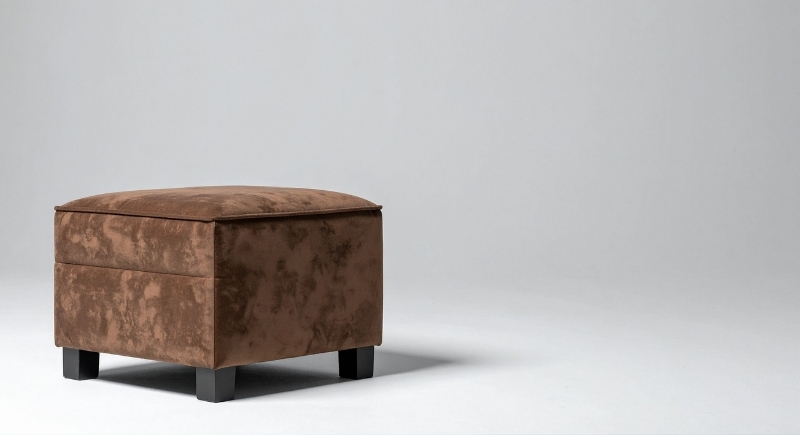
Credit: Canva
An ottoman can be a smart accessory that serves as a footrest or a coffee table. Trouble starts when it becomes a stand-in for a real chair. Guests quickly realize that the low height and lack of back support make them awkward. Furniture stores continue to market them as “versatile seating,” yet they rarely function that way.
Wicker Chairs and Sofas
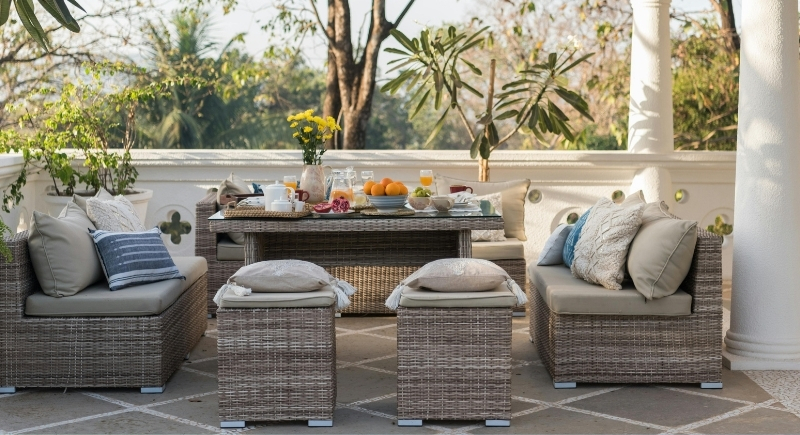
Credit: pexels
Wicker furniture has been made for thousands of years, with examples dating back to ancient Egypt. Its lightweight frame made it easy to move, which explains its popularity in porches and sunrooms. However, the woven seat distributes weight unevenly and causes sore spots over time.
Backless Metal Stools

Credit: iStockphoto
Metal stools without backs appeared in countless kitchens during the industrial décor boom. They were cheap, space-saving, and easy to clean. Unfortunately, the cold, hard seats and lack of back support meant they were unpleasant for more than a short sit. Restaurant workers often avoid them entirely because standing is easier on the spine.
Pedestal Dining Tables
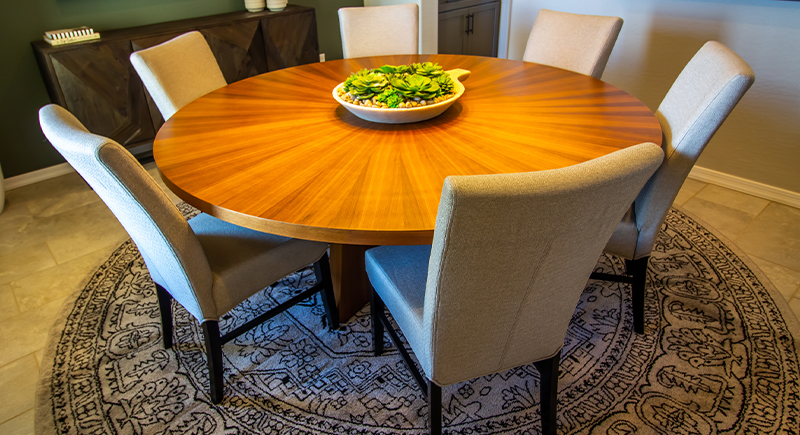
Credit: iStockphoto
Unstable edges are the biggest flaw in large pedestal dining tables. When someone leans or presses down, plates and glasses often shift. The single base does remove bulky corner legs, which is part of their appeal, but that design sacrifices stability. Antique versions are valued for their craftsmanship, while various modern reproductions feel less solid.
Leather Sofas in Extreme Temperatures
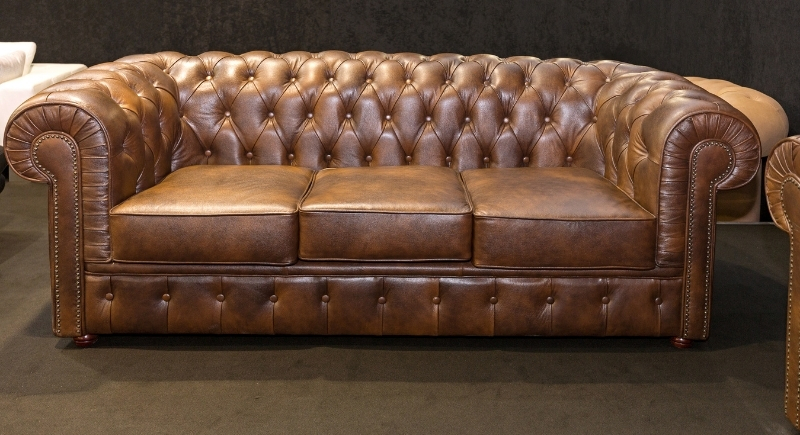
Credit: Getty Images
For decades, leather furniture has signified permanence, wealth, and formality in a home. That image fades when seasonal discomfort sets in. Heat makes the surface cling to skin, while cold turns it stiff and unwelcoming.
Mirrored Side Tables
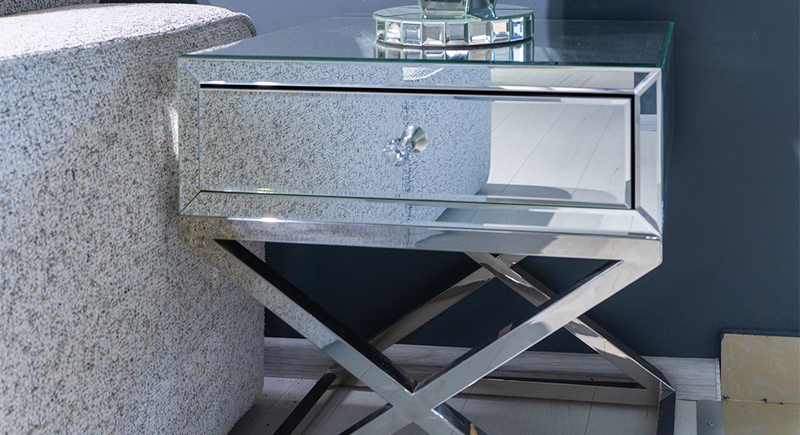
Credit: iStockphoto
If you want furniture that instantly brightens a room, a mirrored side table can do the job. Its reflective surface catches light and creates a sense of openness, which makes small areas feel larger. But those benefits come with trade-offs because corners chip easily, repairs are costly, and fingerprints appear after minimal use.
Bubble-Style Sofas
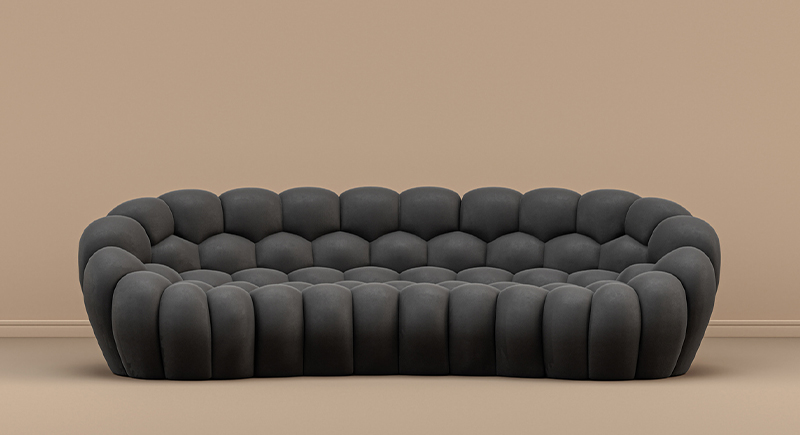
Credit: iStockphoto
Uneven cushions make bubble-style sofas uncomfortable for long sitting. They force awkward postures and make it harder to stand without support. The rounded design leaves few stable spots to settle into, so people tend to move around. Despite these issues, the sofas drew attention in the 1970s for their playful shapes and sculptural appeal.
Low Platform Beds

Credit: Canva
Platform beds originated in traditional Japanese homes and were later adopted by Scandinavian designers in the mid-20th century. They offered a simple, box spring–free structure. Their low profile gave bedrooms a modern, uncluttered appearance. That same height, though, can be inconvenient for daily use. Standing up requires more bending than most expect, and shin bumps are frequent.
Compact Disc Seating

Credit: 3rings
Spanish designer Belén Hermosa built a chair entirely from recycled CDs. The project aimed to stylishly repurpose outdated media. But the discs created a hard, bumpy surface that discouraged prolonged sitting. Edges pressed into clothing and skin and left marks after only minutes.
DIY Pallet Coffee Tables
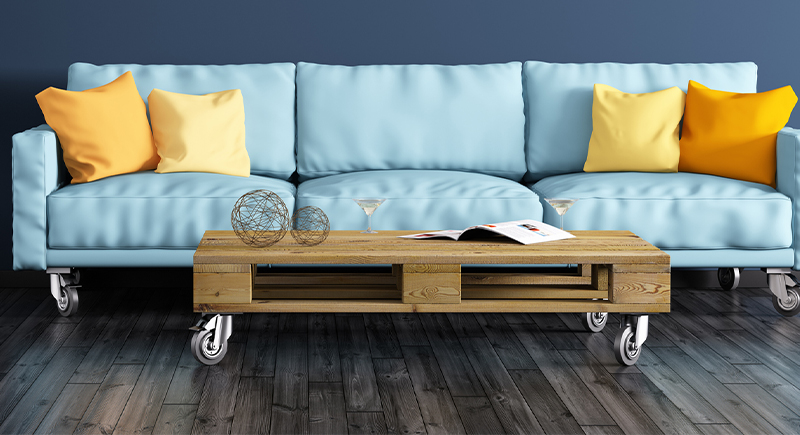
Credit: iStockphoto
Interest in pallet coffee tables faded as stores began offering inexpensive rustic-style tables that were sturdier and easier to maintain. Mass-produced options removed the need for risky do-it-yourself builds. Another reason for the decline was the performance of the homemade versions themselves. Several had jagged tops that caused cups to wobble, and the boards cracked under weight.
Bicycle Seat Sofas
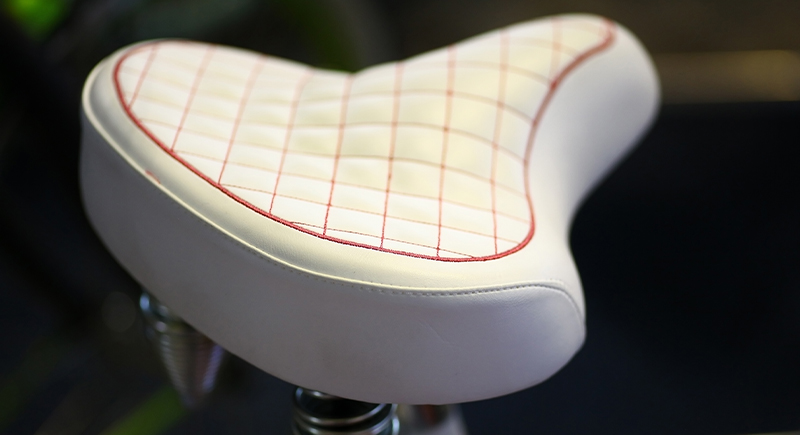
Credit: iStockphoto
As the name suggests, these sofas replace traditional cushions with actual bicycle saddles. Japanese designer Hiroshige Koike created the piece as a statement on reuse and sustainability, which drew significant media attention. The concept looked inventive, but sitting on it produced the familiar discomfort of cycling. After all, narrow, firm surfaces concentrate pressure on the hips.
Stacked Glass Chairs

Credit: Wikimedia Commons
This one’s a bit more obvious. Sitting on a stacked glass chair quickly reveals its main flaw: the rigid surface provides no cushioning, and the edges can press sharply against the legs. Even a short time leaves pressure points and muscle strain. They remain prized in galleries and private collections for their craftsmanship, yet their appeal rests entirely on visual impact rather than comfort.
Tree-Trunk Benches with Metal Backs
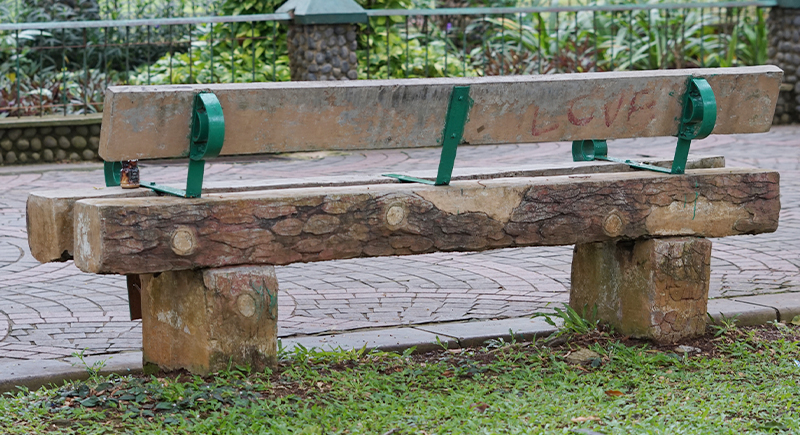
Credit: iStockphoto
These benches were built by fastening ornate bronze chair backs onto the solid length of a tree trunk. The heavy construction made them difficult to move, and the unpadded wooden surface felt hard almost immediately. Many ended up in public art displays, where people admired their unusual combination of materials.
Solar System Chairs

Credit: bukowskis
The Solar System chair sold out quickly among collectors looking for unusual furniture. Its bright red spherical cushions, meant to represent planets, gave it an instantly recognizable appearance. But its appeal stopped at appearances, because without a flat surface or supportive back, staying seated required constant adjustment.
Waterbeds
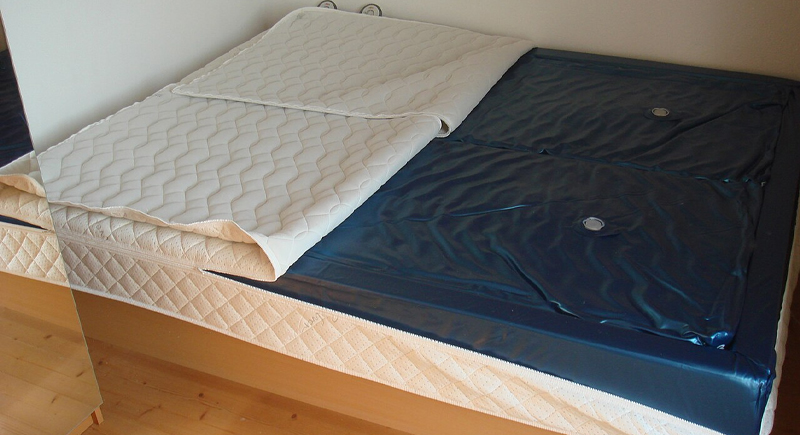
Credit: Wikimedia Commons
Waterbeds became popular in the 1970s as a new alternative to regular mattresses. Instead of springs, they used a large vinyl bag filled with water that moved whenever you did. Some people liked the gentle sway, but others found it made sleeping harder. They needed built-in heaters to stay warm, which meant extra upkeep and cost. If the vinyl ripped, the leak could cause a huge mess, and the weight made them difficult to move. By the 1990s, most people had switched back to more practical options.